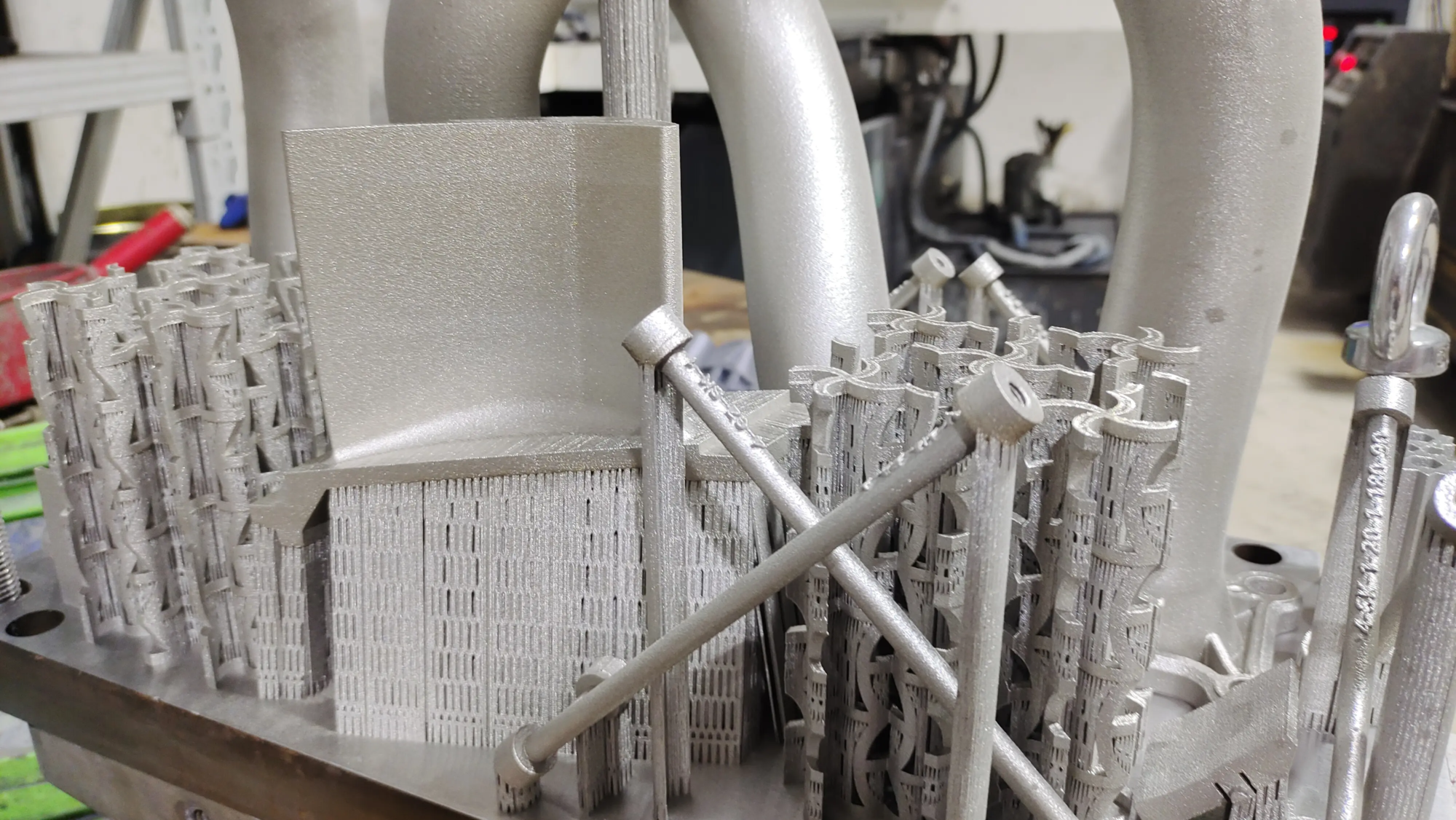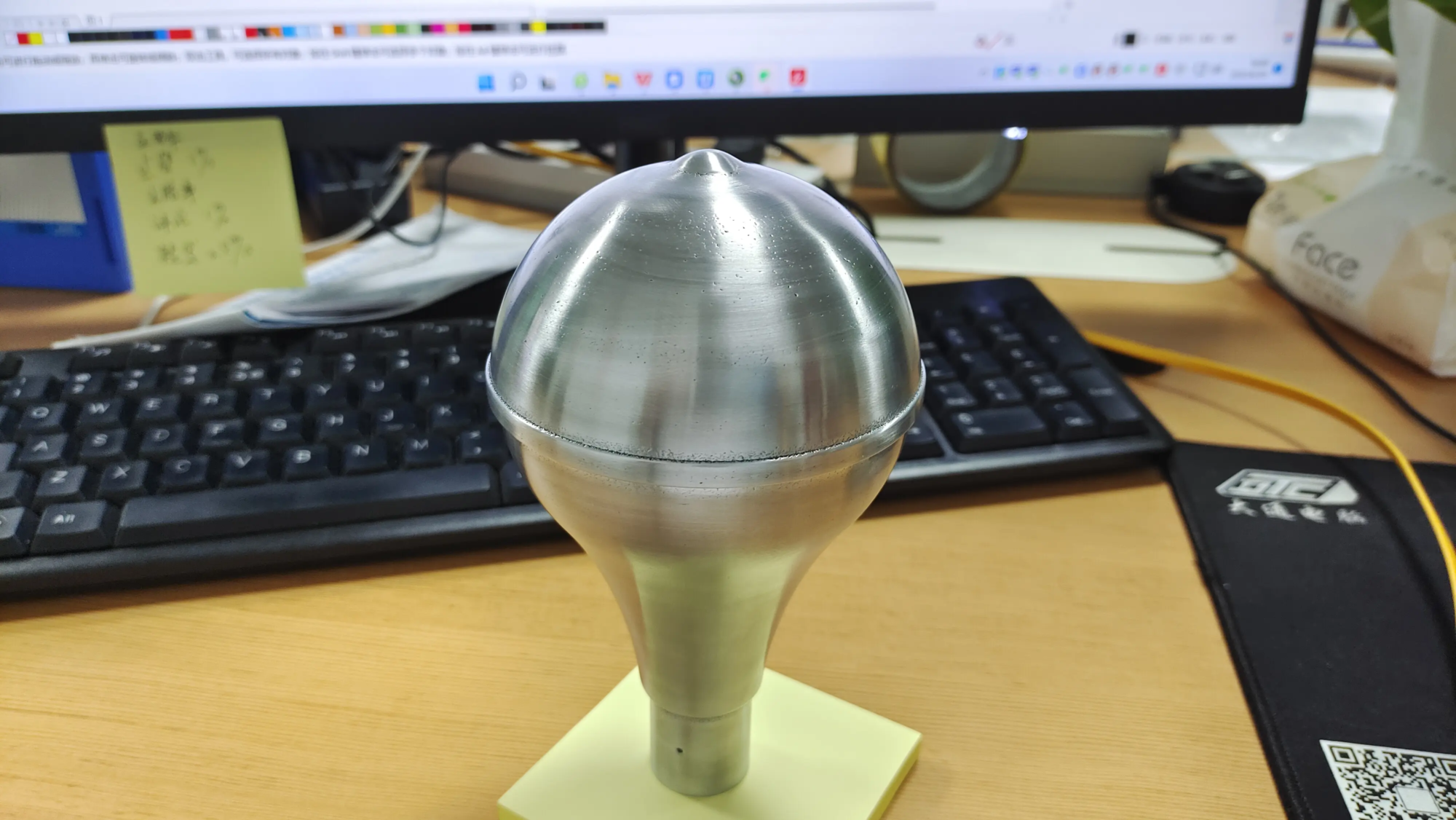Electric Arc Additive Manufacturing (WAAM) technology is rapidly transforming the maritime industry, producing robust, high-performance parts at breakneck speed.
Arc Additive Manufacturing (WAAM) is a specialized additive manufacturing technology that uses an arc as a heat source to melt a metal wire and deposit it layer by layer until it forms a component close to its final size. Due to its efficiency and scalability, WAAM technology is ideal for manufacturing large, high-strength metal parts such as propeller blades.
On November 9, 2024, the Resource Library learned that Kawasaki Heavy Industries cooperated with Pelagus 3D and successfully installed a nickel-aluminum bronze propeller blade on the Epic Salina ship, demonstrating the potential of WAAM technology in the maritime engineering. Traditional manufacturing of ship parts typically involves processes such as casting, forging or machining, which are expensive, time-consuming and pose environmental problems. Additive manufacturing technology builds complex structures by stacking materials layer by layer, which can not only significantly shorten the delivery cycle but also reduce material waste and production costs.
Kawasaki Heavy Industries (KHI) has a deep heritage in marine engineering and has a long history of supplying high-quality equipment and key components to the global shipping industry. Kawasaki Heavy Industries’ introduction of WAAM technology into naval parts manufacturing reflects its strong commitment to efficient, durable and sustainable engineering. In the Epic Salina project, Kawasaki Heavy Industries selected nickel-aluminum bronze as the material for the WAAM’s propeller blades. The material’s excellent corrosion resistance, strength and durability in harsh marine environments make it ideal for high-performance components such as propellers and thrusters.
Propeller blades manufactured by WAAM are 40% stronger than traditional processes and have a material density close to 100%, allowing them to remain strong and reliable in harsh conditions. The entire process from design to installation took just six weeks, significantly shortening the maintenance cycle and reducing downtime, which would normally take months with traditional methods. Pelagus 3D is a joint venture between ThyssenKrupp and Wilson, focused on the technological breakthrough of WAAM in large-scale industrial applications.
In fact, there are many other applications of WAAM technology in the naval field. In 2021, the French defense company Naval Group manufactured a fully 3D printed propeller for the French Navy, with a diameter of 2.5 meters and composed of five blades weighing 200 kilograms. The propeller left the factory in October 2020, was installed on the Andromede minehunter in November and successfully passed a series of sea trials in December.





